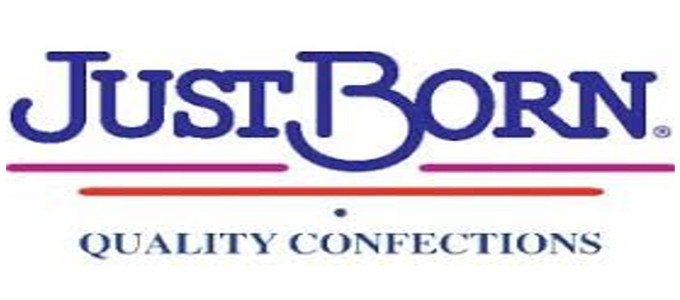Until recently it might have been difficult to imagine an age in which the hospitality sector was influenced by the remote working trend, but the situation has changed rapidly and now this is very much a fact of life for many employees and managers.
Understanding what these changes look like is an important part of accommodating them successfully, rather than feeling like they are an immovable obstacle in your path to continued survival in the restaurant biz. To help out, here is a look at the most significant shifts and the strategies that are well suited to coping with them.
Image Source: Pixabay
Structured eating habits have gone out the window
Back when lots of people worked a standard 9-5 schedule five days a week, eateries of all sizes could pretty much set their clocks by the ebb and flow of customers. From the morning commuters queuing up to grab coffee and pastries to the lunchtime office escapees looking for a tasty snack to fuel them through the afternoon, until the evening crowd spilled in, these beats gave a rigid rhythm to the restaurant life.
When the pandemic made remote working essential in many sectors in the spring of 2020, all of these habits were thrown into disarray, and restaurants had no choice but to respond to them.
While the gradual return of normality in the wake of mass vaccinations and the easing of lockdown restrictions has restored some of the order to proceedings, there is no questioning that restaurants have had to learn to be more responsive to the often unpredictable behaviors and schedules of their customers.
Of course there are some outlets that have had to actually expand their capacities during peak periods, post-pandemic, because the influx of customers is higher than ever, with punters releasing a pent-up desire to eat out rather than having all of their meals cooped up at home.
The main way to deal with this is for restaurants to pay close attention to footfall data and look for trends within this to plan ahead, rather than being sideswiped by peaks and troughs of demand.
Plan your payroll periods carefully
Keeping a close eye on your payroll calendar and selecting an approach to employee pay that fits in with your cash flow is another thing that restaurants have had to do with increased vigilance now that remote working has been normalized.
Once again this comes down to ensuring that you have a plan of action that is not just based on assumptions or gut feelings, but on cold, hard facts that can be harnessed to ensure that employees get paid on time, and that tax responsibilities are also fulfilled.
This of course also applies in the context of a business being eligible for any benefits or forms of tax relief, which was certainly the case during the height of the pandemic and could remain relevant going forwards, depending on how the new variants of COVID-19 evolve in the coming months.
Deconstructed catering is now a reality
One of the oddest yet most intriguing aspects of how remote working has reshaped the restaurant industry is that major chains in particular are having to revamp the way that they provide corporate catering services.
In the past, big brands could be expected to receive requests to make and deliver food and refreshments to boardrooms and meeting spaces in a single premises for get-togethers of all sizes. However, now that these meetings are either taking place entirely virtually, or with a mixture of on-site and remote participants, encompassing this with a similar level of catering support is crucial.
The reason that this is largely relevant for major chains and restaurant franchises is that this kind of deconstructed, location-agnostic catering is predicated on the assumption that you already have outlets within easy reach of the majority of the population of a state, country or even an entire continent.
Coordinating the preparation and delivery of identical meals to people who are working remotely in different places but participating in the same virtual conference takes a lot of effort, and yet it is being achieved by a growing number of restaurant brands.
Read Also: JW Marriott Orlando Bonnet Creek Appoints Chef Melissa Sallman
Hygiene is more important than ever
Lastly and perhaps least surprisingly, the days of customers tolerating minor hygiene mishaps in restaurants are well and truly over. A hair in a burger or a fly in a soup will have serious ramifications from now on, and really the only way around this is for outlets of all types not only to retain the cleanliness protocols put in place to cope with covid, but also to do so in a conspicuous way.
This is not just about keeping existing customers happy, but also about coaxing those who might be more cautious about returning to bricks and mortar restaurants back inside. Giving customers confidence in your operations will win their loyalty now more than ever.






